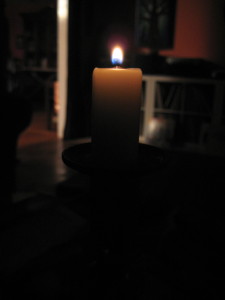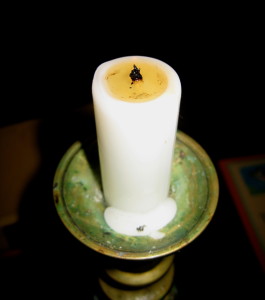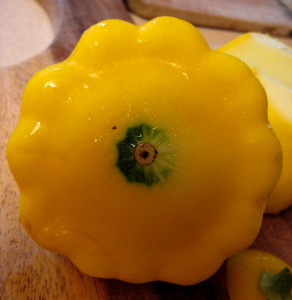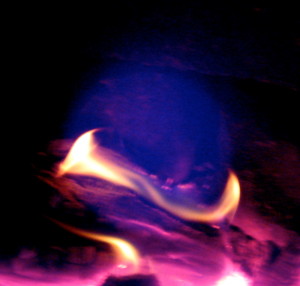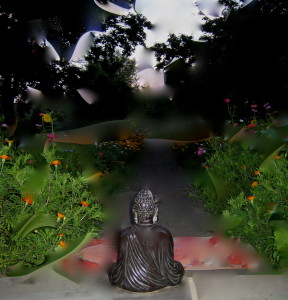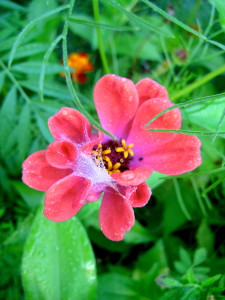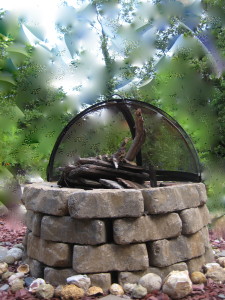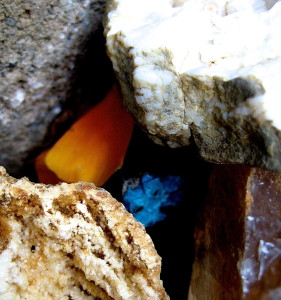
– Photo of Chuck’s Jacket by Jan Ketchel
We issue forth from infinity, a seed planted with the intent to individuate, to become a unique life with a specific purpose in this world. All seeds share the same fate: to become fully what they are. And when this life ends, we return from whence we came: “Going home behind the curtain, going home without the costume that I wore,” -Sincerely, L. Cohen—from Going Home
All the while we are here, we seek our lost wholeness in the many masks of God we attach to, projections that reflect our infinite Selves. But, while here, we are also on a mission. Our infinite self, Brahman, must stay safely ensconced behind our bliss sheath, beyond our awareness, as we, in turn, seek our bliss in becoming the seed we are intended to be in this life.
Joseph Campbell, like Carlos Castaneda, encouraged us to fully embrace and experience the life we are in. After all, our challenges are experiments from the fourth-dimensional Self, as Jung put it. For Jung, the fourth dimension was the dimension of quantum physics, which grasps the unitary interdependent nature of reality. It’s the dimension beyond space and time, where psyche and soma merge like a particle and a wave, in infinite oneness.
Jung designated our Brahman self, the Self, granting recognition to the part of us that is infinite, that lies behind the curtain. Less than one year before his death in 1961, Jung confided the following in a private letter:
“…one can define a dream as an experiment of a four-dimensional nature. I have never tried even to describe this aspect of dreams, …because I have found that our public today is incapable of understanding. I considered it therefore my first duty to talk and write of things that might be understandable and thus would prepare the ground upon which one could later on explain the more complicated things…” –C. G. Jung Letters, Vol. 2
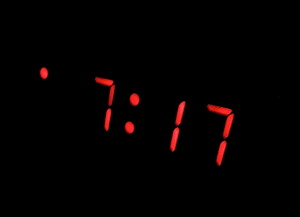
– Photo by Jan Ketchel
Here, Jung hints that dreams, in sleeping and waking life, are experiments from the fourth-dimensional Self. The experimenter is the Self that lives in infinity. It is that Self that projects its seed of intent into this life. This higher Self intends the life we are sent to live in this third dimension of time and space, birth and death. Jung suggests that it is this higher Self—seeking to view, enhance, and experience itself in an experimental life—that projects us into this life, to then live that intent, whichever way it goes, bringing back its recapitulated experience to infinity in dying.
The Shamans of Ancient Mexico came to the same conclusion: we are beings projected from infinity, granted awareness that may be enhanced through experience—whatever that might be—in a three dimensional life, which eventually ends and contributes its findings back to infinity.
From this perspective, we can see that we are always in two places at once: Self and ego self, eternal and transitory. Furthermore, the antagonists in our life, our petty tyrants, are necessary players in our quest to individuate. Our petty tyrants rattle our self-importance. In fact, by their merciless actions, they stamp out any flame of ego-worth. It can take years to emerge from the ashes of such abuse. Yet, freedom can only be obtained in accepting the true nature of things—that ego life is an illusive life, partitioned in third-dimensional reality.
If we drop our ego attachment yet maintain our awareness, we enter fourth-dimensional experience: enlightenment now. This is what our petty tyrants offer us. Our encounters with them tear apart any illusions of ego importance. We encounter fully the relativity of our life in this world.
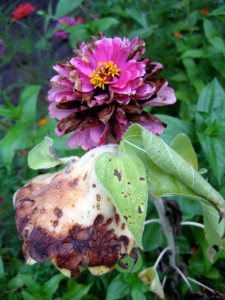
– Photo by Jan Ketchel
We are beings who are going to die, our lives are transitory. No need to build up a trust fund of worth to obtain immortality; it’s all a distraction. Our true purpose is to fully actualize the seed in keeping with the intent of our higher Self, without attachment to everlasting life in a temporary vehicle. This experience of bliss—fully actualizing the life in the seed—aligns us with that higher Self, without need for a protective sheath. We can handle the impact of our immortality while in our temporary vehicle. Here we join with our fourth-dimensional Self in our three-dimensional life, living now.
Quite an awesome experiment, Dr. Jung!
Chuck

